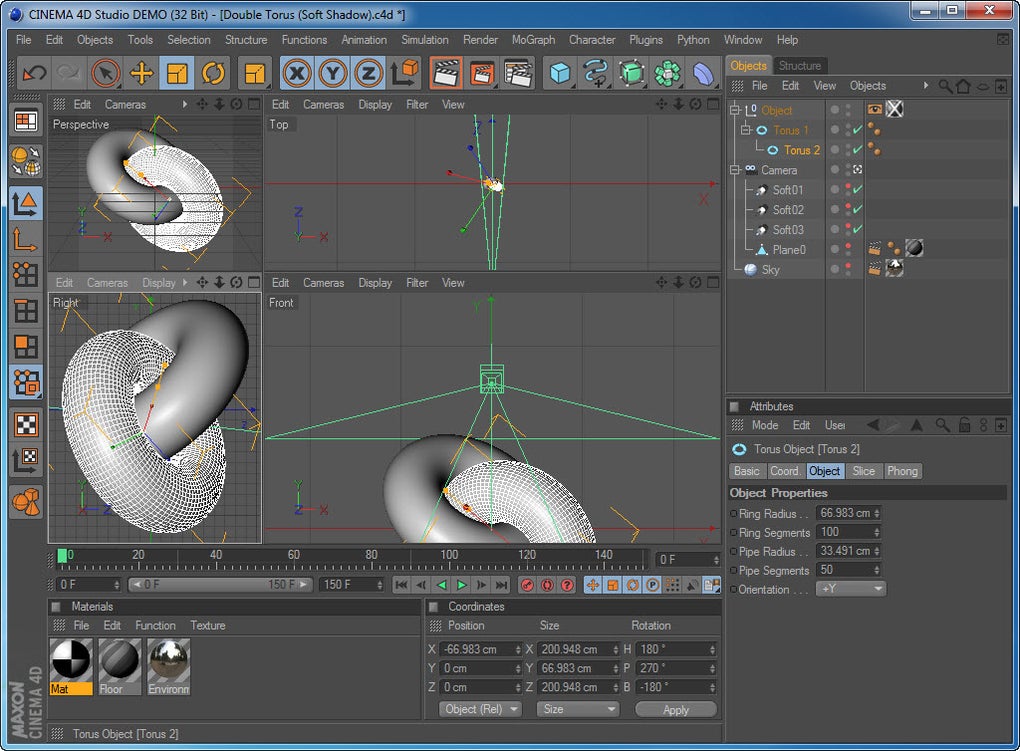

- #Cinema 4d redshift mac how to
- #Cinema 4d redshift mac mac os
- #Cinema 4d redshift mac download
- #Cinema 4d redshift mac crack
Redshift 2 Crack is widely used by millions of users around the world. Redshift 3.0 versions require recent or the.
#Cinema 4d redshift mac download
You can download the latest releases from the installer links below. Download the latest release from these installers.
#Cinema 4d redshift mac how to
Click here to learn how to modify your security settings and install Redshift.
#Cinema 4d redshift mac mac os
If you receive a warning similar to the one below you will need to modify your Mac OS security settings in order to continue. Go back to the asset details panel, click Export and your asset should appear in Cinema 4D.Run the Redshift Mac OS install package once you've downloaded it here.In the Socket Port field set the port to 24420.Go to the asset’s Export Settings, select Custom Socket Export from the Export Target drop-down.Open Bridge, and in the Local filter click on the asset you want to export.Copy the MSLiveLink folder to C:\Users\USER_NAME\AppData\Roaming\MAXON\Cinema4D_xxx\plugins\ directory.If the current installation process in Bridge isn’t suitable for your pipeline, you can download the plugin manually as follows. If you would still like to use the displacement with Octane then open up the material in the material editor window and check the Displacement node. Otoy is aware of the situation and they are working on a fix.
 Octane - Displacement is turned off by default since there are no displacement settings that fit every asset and Octane also has some issues with overlapping UVs.
Octane - Displacement is turned off by default since there are no displacement settings that fit every asset and Octane also has some issues with overlapping UVs. 
If you want to use it then click on Redshift Object, go to the geometry tab and check the Override property.
Redshift - Geometry Override is turned off by default since there are no displacement settings that fit every asset. Please keep in mind that Displacement is turned off for the following renderers even if the displacement map is imported: Enable Displacement - This option specifies whether or not to setup displacement and to import the displacement map. The plugin will also add tags to the selected objects according to the current renderer e.g. Apply Material to Selection - When checked, the plugin will automatically apply the material to currently selected objects inside Cinema 4D. Use EXRs when available - By checking this box the plugin will use EXR displacement files if they are available. Inside Cinema 4D, click on the Megascans Plugin option in the Extensions menu to open the plugin’s UI: Click the Quick Export icon or hit the Export button.Īs soon as you click on Export in Bridge your asset should pop up in your Cinema 4D scene. In Bridge, go to the Local filter in the left panel to export a downloaded asset. You can tweak your settings, like texture format, LODs, mesh format (FBX or OBJ), etc. Click Export Settings in the pop-up menu to view all the export options. To access the settings, click the gear icon on the bottom left corner of the asset’s right panel or go to Edit > Export Settings. Start Cinema 4D and you should now see a Megascans Plugin option in the Extensions menu. Once the plugin is installed you should see the Installed status on the pop-up. Click Install Plugin to install the plugin in Cinema 4D. Once the download is done you’ll see a confirmation message in Bridge. Click Download Plugin to begin downloading the plugin. From the Export Target drop-down, select Cinema 4D. If you don’t already have a folder for this purpose, Bridge will create it for you. The Library Path is important because this is where Bridge will store your assets and plugins. Click the Library Path to choose the folder on disk where you would like your asset library to be. When you launch Bridge after installing it for the first time on your machine, you will see initial setup options. ❗ Note: Make sure Cinema 4D is closed before installing. Through the Manage Plugins option in the Edit menu. You can set up the plugin when you launch Bridge after installing it for the first time on your machine. You can install the plugin using any one of these methods: These settings are global and once set up, will not need to be changed too often. 
Plugin installation is part of Bridge Export Settings. The plugin is automatically started when Cinema 4D is launched and closed when Cinema 4D is closed. The plugin can auto-detect current renderer and uses the shaders/materials relevant to that renderer. This tool relies on Bridge’s robust architecture to give you the best asset management experience, and Cinema 4D’s python implementation to create materials, textures, LOD setup and geometry automatically, giving you extremely fast imports on the go. The Megascans Plugin for Cinema 4D allows you to connect Quixel Bridge and Cinema 4D, giving you a one-click solution for importing your Megascans, Mixer and custom assets straight into Cinema 4D within seconds.








 0 kommentar(er)
0 kommentar(er)
